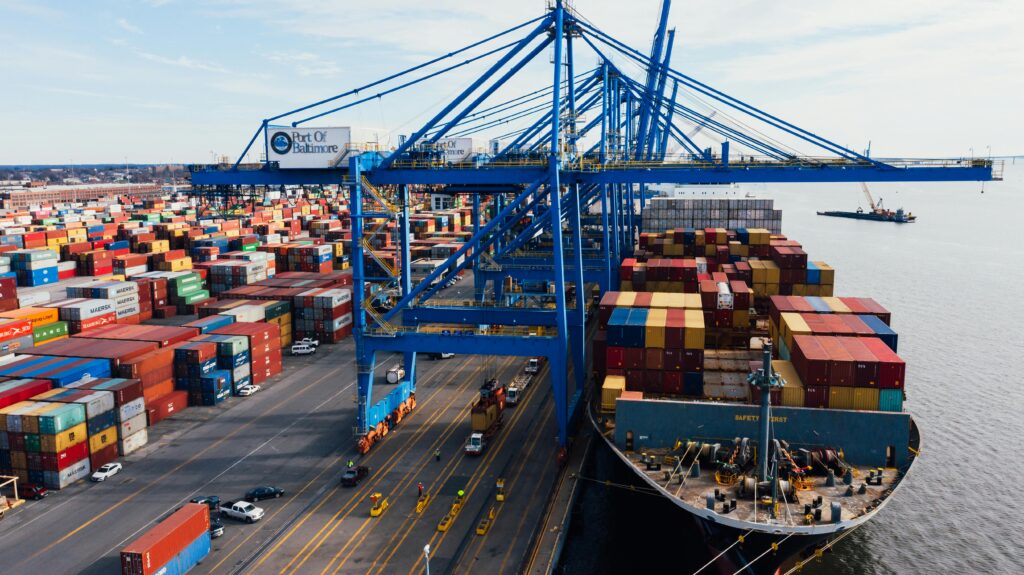The top three U.S. trading partners were affected to varying degrees by the tariffs approved by President Donald Trump.
At a year-on-year rate, U.S. imports of products originating in Mexico increased 6.3% in 1H2025 to $265.383 billion.
At the same time, imports to the U.S. from Canada fell 3.3%, to $198.224 million.
China had a greater negative impact. Its sales to the U.S. market fell 15.6%, to 167.479 billion dollars.
The Commerce Department released all this data Tuesday in its monthly report on U.S. trade.
Trading partners affected by tariffs
Trump has raised trade pressure. He imposed 50% tariffs on steel, aluminum and copper imports. He also applied a 25% tariff on cars and certain auto parts. In addition, he set reciprocal tariffs on dozens of countries. The prime rate was 10% for almost all of them. But it established special rates for China (10%), Mexico (25%) and Canada (35%). With these three countries there are some exceptions and negotiations are ongoing.
In early April, it activated reciprocal tariffs of between 11% and 50% for 57 countries or jurisdictions. However, shortly thereafter it suspended them for 90 days. Then, he extended the pause from July 8 to August 1.
This Thursday, Trump signed a new executive order. Reciprocal tariffs will now apply to products from 69 countries. The rates will range from 10% to 41%. However, these measures will take effect until August 7. This deadline opens a window for the governments involved to negotiate adjustments or reductions.
In addition, the minimum tariff was increased from 10% to 15%. The only exceptions were the United Kingdom, the Falkland Islands and Brazil, which retained the 10% rate. In parallel, Canada will face a 35% tariff as of Friday. This measure, as in the case of Mexico, applies to all Canadian products that do not comply with the USMCA.
Global value chains
World trade has changed. The rise of global value chains and intra-industry trade is driving increased trade in intermediate goods. As a result, it is increasingly difficult to distinguish between domestic and foreign products. Moreover, this weakens the accuracy of bilateral trade balances. This complicates their use as a basis for designing effective public policies.

